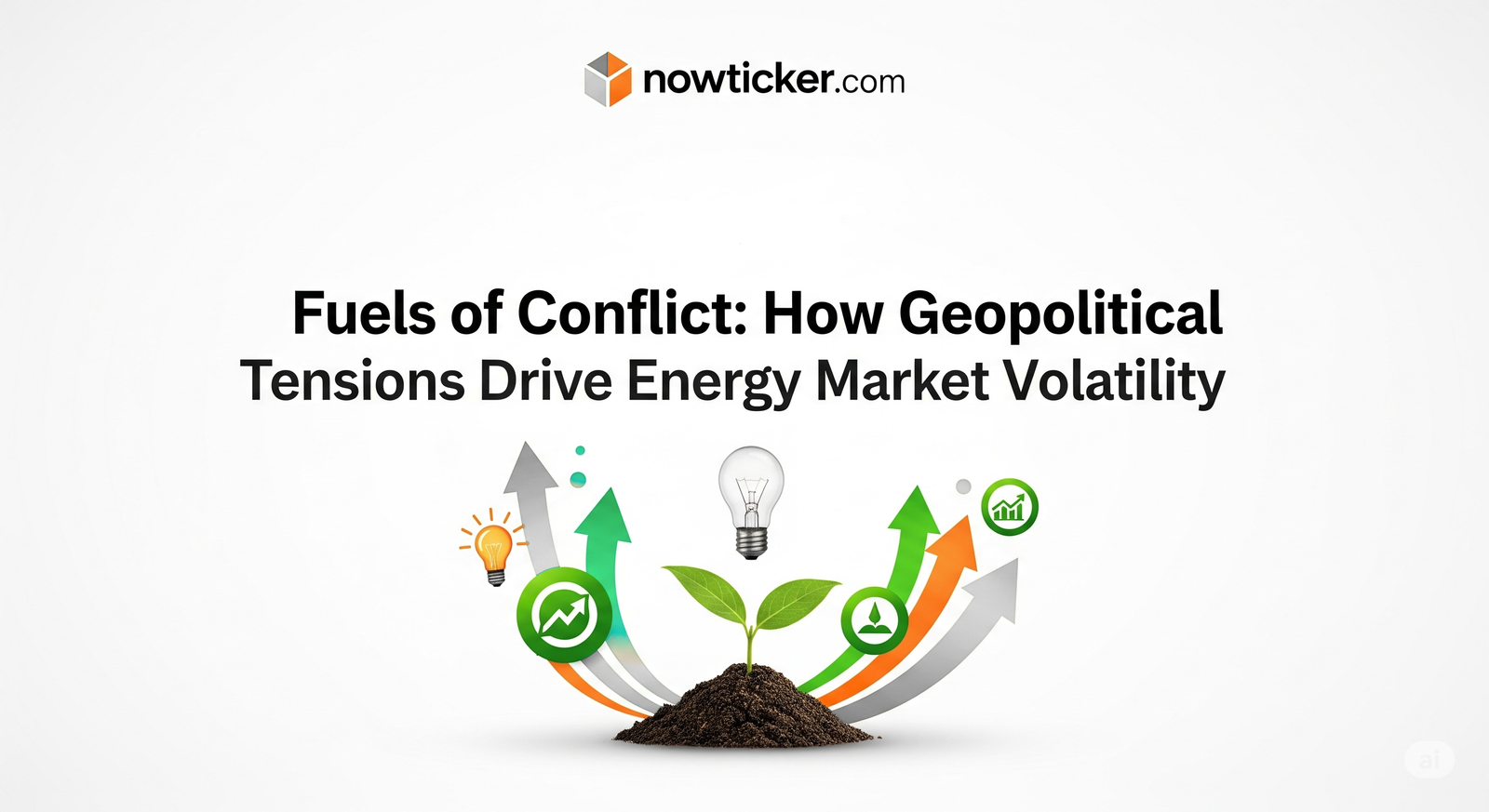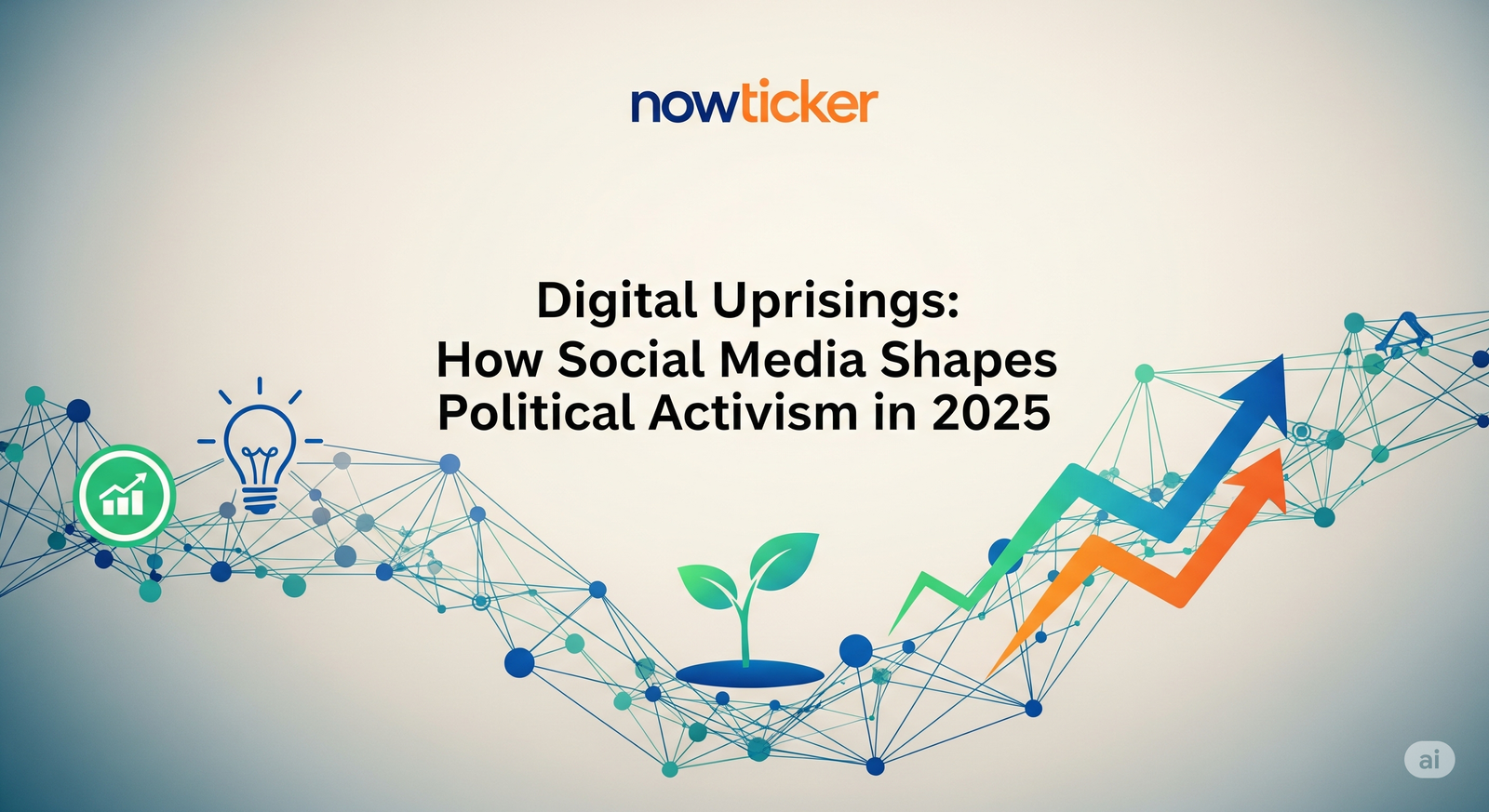Contents
- Introduction
- The Historical Context of Energy Conflicts
- The Rise of Renewables and Geopolitical Tensions
- Trends and Developments in Energy Market Volatility
- Practical Tips for Navigating Energy Market Volatility
- FAQs
- 1. How do geopolitical tensions specifically affect oil prices?
- 2. Why is natural gas such a pivotal factor in modern geopolitics?
- 3. What role do rare earth elements play in renewable energy?
- 4. Can individual actions help mitigate energy market volatility?
- 5. What future trends should we expect in energy markets?
- Conclusion
Introduction
Energy markets are intricately intertwined with geopolitical conditions, as global tensions frequently manifest as fluctuations in energy prices and supply reliability. The global dependency on various energy sources—be it oil, natural gas, or renewable energy—has made the energy landscape increasingly susceptible to conflict-driven volatility. This reality not only impacts the economy but also influences everyday lives; price hikes at the pump ripple across economies, while supply disruptions can lead to energy shortages or surges.
Understanding the nexus between geopolitical tensions and energy market volatility requires a multi-faceted exploration of historical events, current trends, and future implications. This article delves into these aspects, examining real-world examples, including the conflicts in the Middle East, Russia-Ukraine tensions, and emerging markets in renewable energy. We will also include testimonials from industry experts and relevant users to provide a rich perspective on how energy market volatility manifests in daily life.
The Historical Context of Energy Conflicts
Oil: The Lifeblood of the 20th Century
From the discovery of oil in the late 19th century through to the present day, energy resources, particularly oil, have been central to global geopolitical strategy. The Middle East, commonly referred to as the “oil cradle,” has seen several conflicts driven largely by the competition for this precious resource. The 1973 Oil Crisis exemplifies how geopolitical factors can immediately impact oil availability and pricing. In response to the Yom Kippur War, OPEC imposed an oil embargo against nations supporting Israel, leading to skyrocketing prices and a global economic recession.
Industry expert Dr. Emily Rodriguez notes, “The 1973 Oil Crisis was a pivotal moment that showcased how energy can be used as a geopolitical tool. Governments and corporations began to realize that the control of oil reserves could dictate global relations.”
The Ukraine Conflict and Energy Dependence
Fast forward to the 21st century; few events illustrate the direct link between geopolitical tensions and energy market volatility better than the ongoing conflict between Russia and Ukraine. Russia, a major player in the global natural gas market, has leveraged its energy resources as a geopolitical weapon. This was evident when natural gas supplies to Europe were manipulated to exert political influence, causing panic in markets and leading to price spikes. In mid-2025, European gas prices soared as fears grew over Russia’s military posture at the Ukrainian border, leading to apprehensions regarding supply inadequacies.
Real-World Example: The Impact on European Economies
Countries heavily reliant on Russian gas, such as Germany, found themselves navigating a volatile economic climate. The German government faced criticism for its past energy policies or “Energiewende,” which aimed to transition to renewable sources but at the same time made it reliant on Russian gas. The cascading effect was felt at the consumer level—higher heating costs during winter months made many families anxious about their financial futures.
“Every winter I worry whether I can afford heating,” says Klaus Müller, a German citizen and homeowner. “Our reliance on Russian gas is nerve-wracking, especially with the ongoing conflict and price volatility.”
The Rise of Renewables and Geopolitical Tensions
Energy Transition and Its Implications
While traditional power players like oil and gas remain crucial, the rise of renewable energy offers both opportunities and challenges in the context of geopolitical dynamics. Solar, wind, and hydroelectric energy sources are seeing increased investment globally—but they aren’t without their geopolitical conflicts. Access to rare earth minerals, essential for technologies like solar panels and wind turbines, is another focal point for geopolitical tensions.
As Dr. Rina Patel, a renewable energy researcher, points out, “As demand for renewables increases, so does the competition for the materials required to produce them. Countries that control these resources wield power similar to oil-rich nations in the 20th century.”
Case Study: The Rare Earth Element Wars
China is the world leader in producing rare earth elements, which are critical for developing technology like batteries and solar panels. This dominance has led to tensions, particularly with the United States, which has sought to reduce its dependence on Chinese suppliers. In 2010, a diplomatic spat over territorial waters led China to restrict the export of rare earths, causing panic in global markets.
This conflict highlighted not just a shift in the energy landscape but also a transition in how geopolitical conflicts can arise from newer forms of energy production. Experts argue that this competition will drive future geopolitical strategies, particularly as countries race to secure energy independence.
Trends and Developments in Energy Market Volatility
Globalization vs. Geopolitical Fragmentation
The interconnection of global energy markets means that volatility can be contagious. Crises in one region can quickly ripple through global markets. For example, tensions in the South China Sea—home to vital shipping lanes—have raised concerns about potential energy disruptions, impacting global oil prices.
According to the International Energy Agency (IEA), disruptions in one region can lead to increased prices globally due to fears of supply interruptions. In this interconnected framework, volatility has become an intrinsic characteristic of energy markets. As companies begin to diversify their portfolios, geopolitical stability remains a priority in decision-making processes.
Review: Industry Perspectives
James Ford, an energy trader based in London, describes the unpredictability for investors: “You can see trends emerging based on political rhetoric or military movements. The markets are reactive, and traders must stay alert to the news cycle. It’s the nature of the beast.”
Navigating the turbulent landscape of energy markets requires proactive strategies for individuals and businesses. Here are actionable tips:
- Stay Informed: Regularly monitor news related to geopolitical issues, as they can impact energy prices. Websites like the IEA, OPEC, or Reuters provide timely updates.
- Invest in Efficiency: Consider energy-efficient appliances or practices in your home to mitigate the impact of rising energy costs. This includes upgrading insulation, using LED lights, and adopting smart thermostats.
- Diversify Energy Sources: For businesses, consider diversifying energy suppliers or even investing in renewable sources if feasible. This can reduce dependency on one source and provide security against price spikes.
- Engage in Energy Markets: Investors might consider diversification in their portfolios to include companies that prioritize renewable energy and sustainable practices. This is not only ethically responsible but may also offer protection against traditional energy market volatility.
- Community Engagement: Team up with local initiatives aimed at promoting renewable energy sources. Community solar projects or co-ops can help reduce costs while addressing energy resilience collectively.
FAQs
1. How do geopolitical tensions specifically affect oil prices?
Geopolitical tensions can lead to concerns about supply disruptions, causing investors to panic and drive prices up. Conflicts or embargoes can limit access to oil, further pushing prices higher.
2. Why is natural gas such a pivotal factor in modern geopolitics?
Natural gas serves as a crucial energy source for many countries. Its transport often requires extensive infrastructure, making relationships between supplier and consumer nations highly impactful.
3. What role do rare earth elements play in renewable energy?
Rare earth elements are essential for high-tech applications in renewable energy technologies, such as batteries, wind turbines, and electric vehicles. Control over these resources can influence global energy strategies.
4. Can individual actions help mitigate energy market volatility?
Yes, individuals can lessen their impact through energy-efficient practices and by diversifying their energy sources. Staying informed helps make informed decisions during volatile situations.
5. What future trends should we expect in energy markets?
Expect an increased focus on renewable energy resources, more governmental policy responses to stabilize markets, and heightened competition for essential materials driving innovative geopolitical tactics.
Conclusion
The interplay between geopolitical tensions and energy market volatility is a critical consideration for both policymakers and individual consumers. As our dependence on energy increases, understanding the dynamics of conflicts and their implications becomes imperative. Historical contexts provide invaluable lessons, as the world navigates the murky waters of resource competition.
In reflecting on this, it’s clear that the future of energy markets will require innovative strategies that encompass resilience, sustainability, and informed decision-making. Only by understanding the factors at play can individuals and nations alike prepare for future challenges in energy supply and demand. Whether you are an investor, a business owner, or a concerned citizen, engagement and adaptation to these dynamics will be key.
Ultimately, the story of energy is one of both opportunity and risk, woven through the fabric of human history, and a reminder of how interconnected we have become in our quest for power, sustainability, and security.



